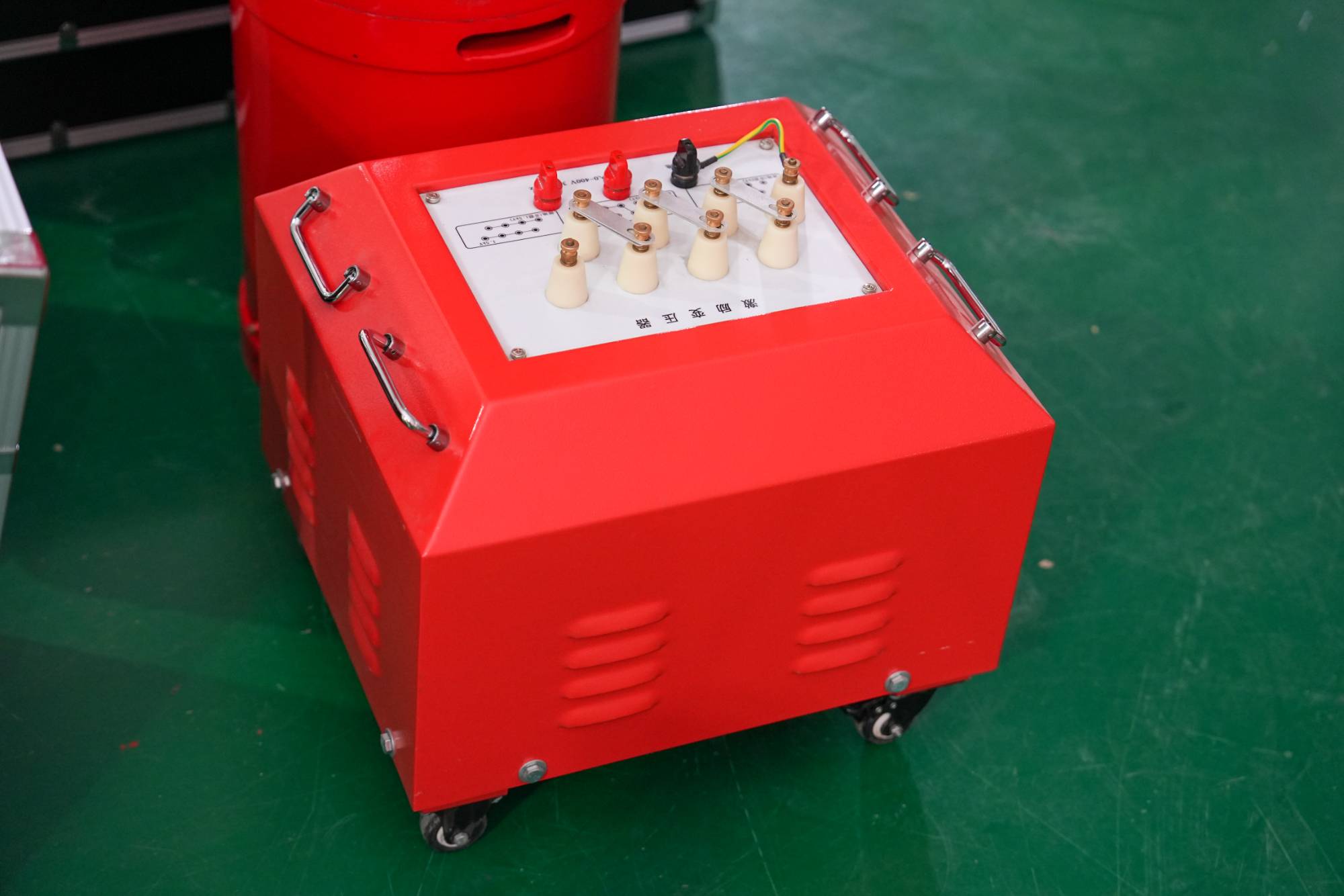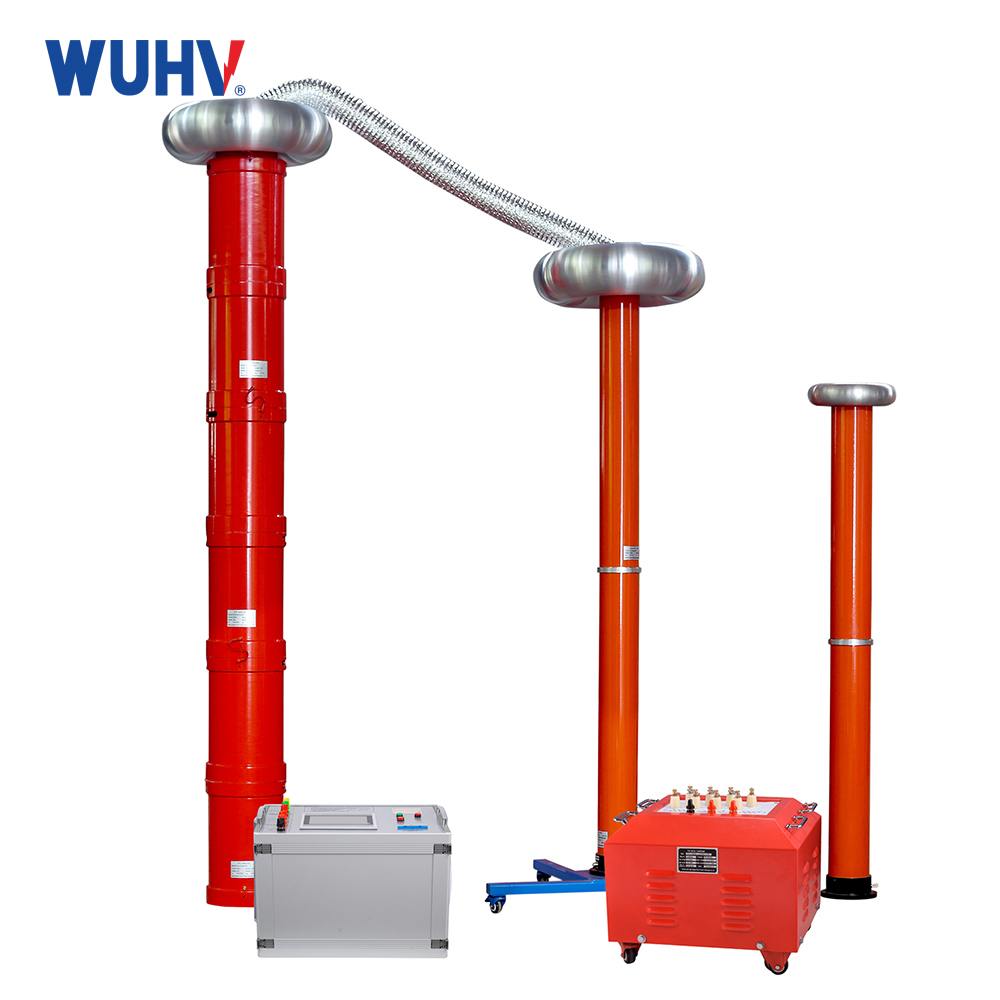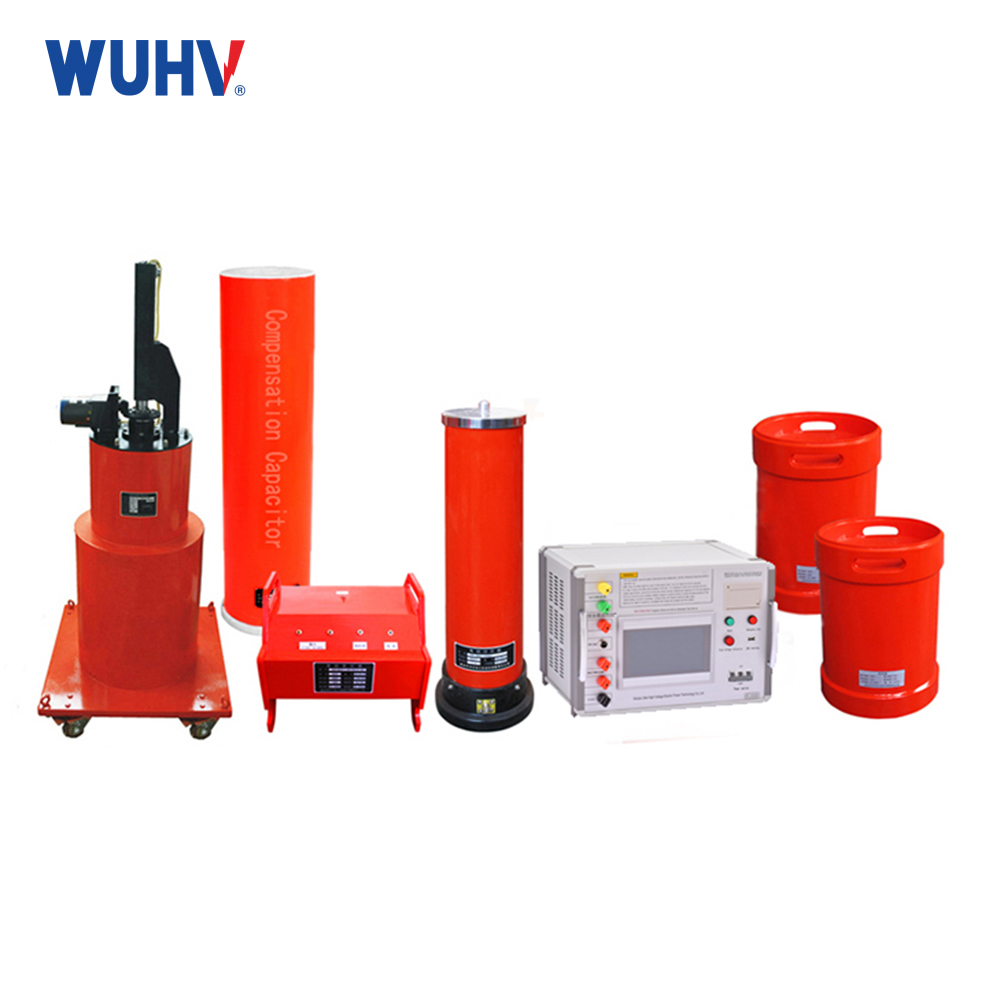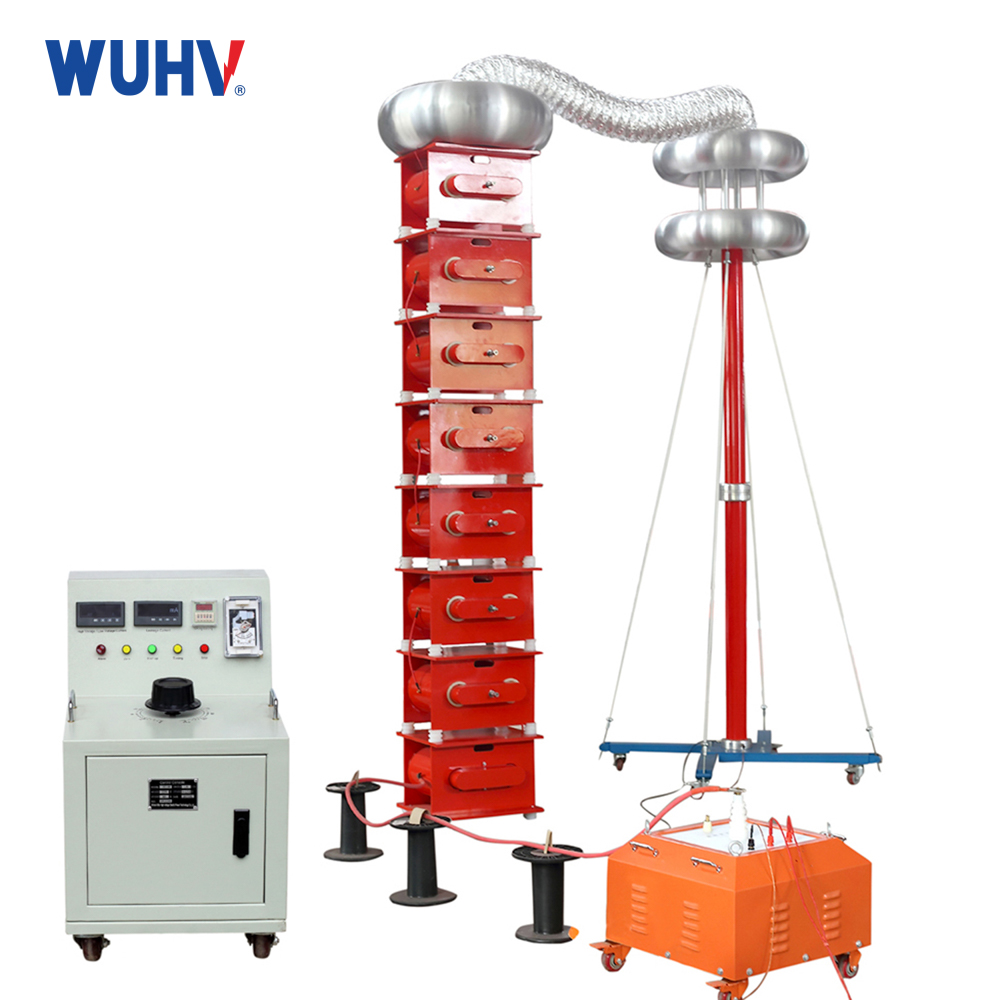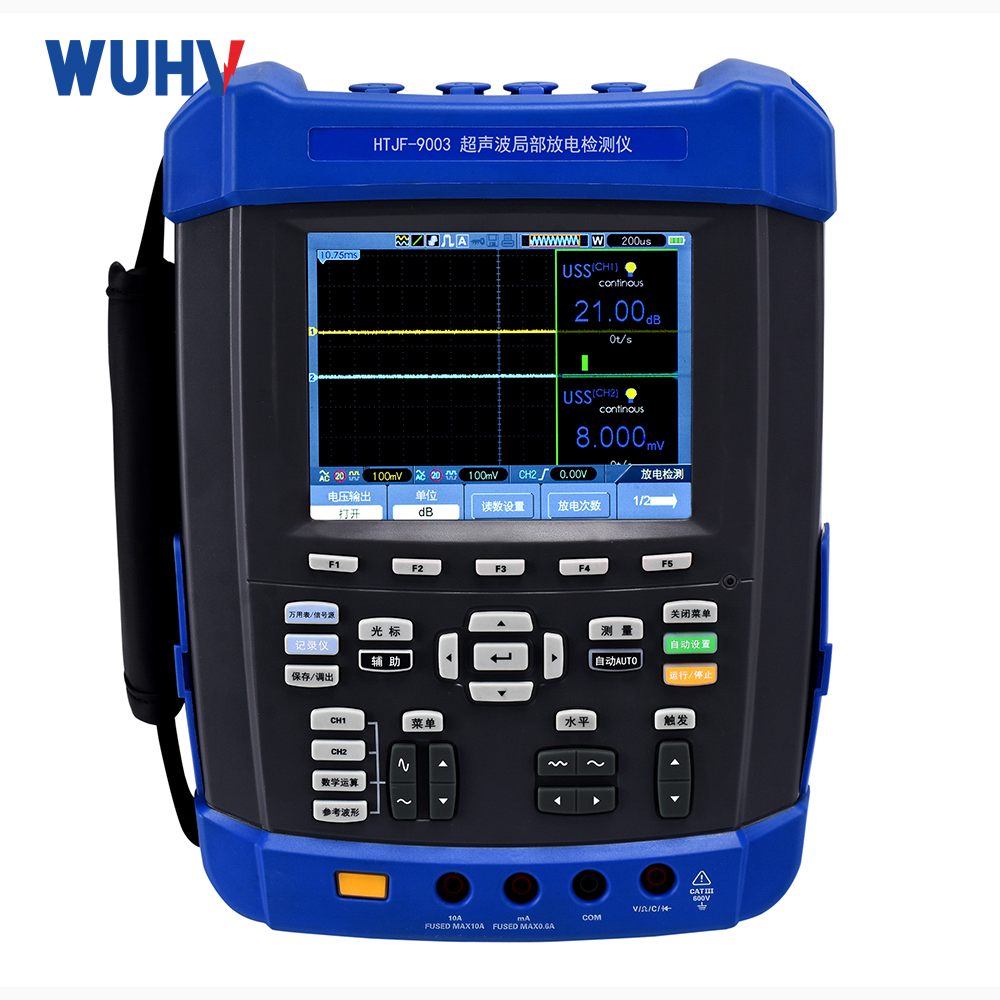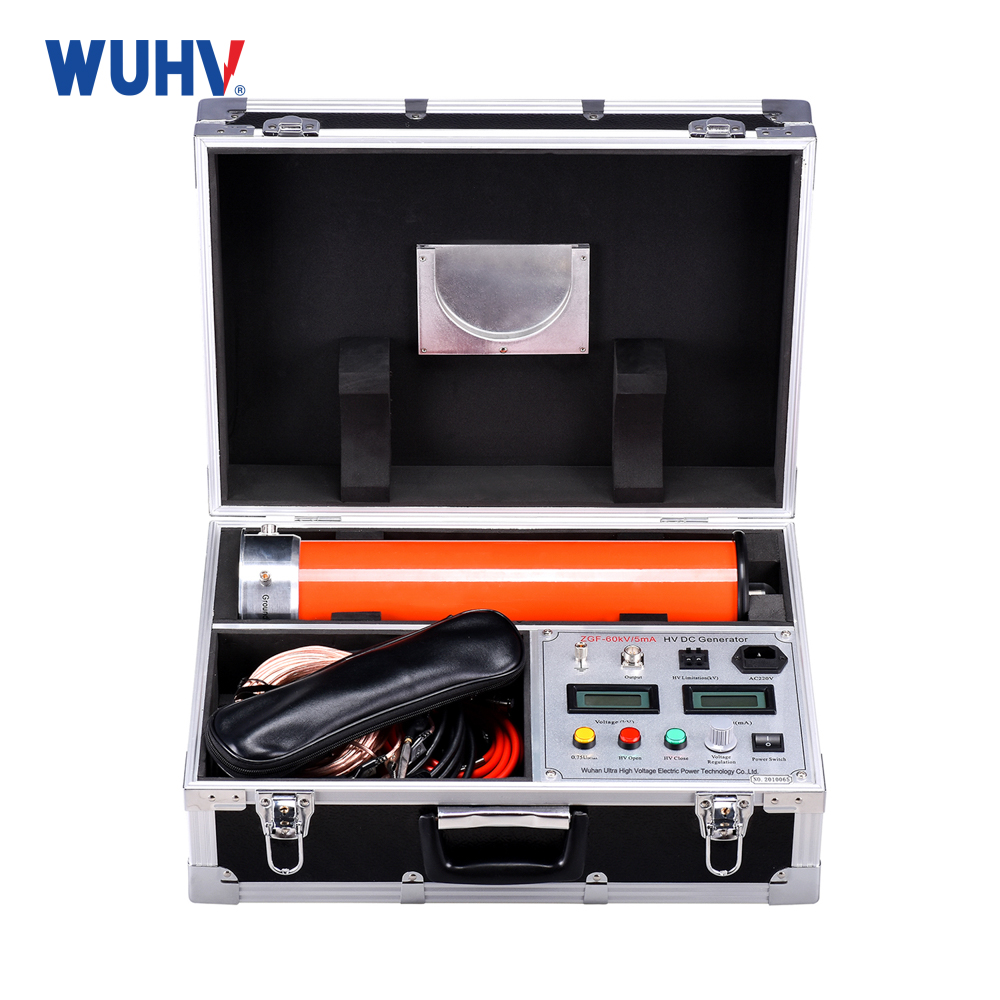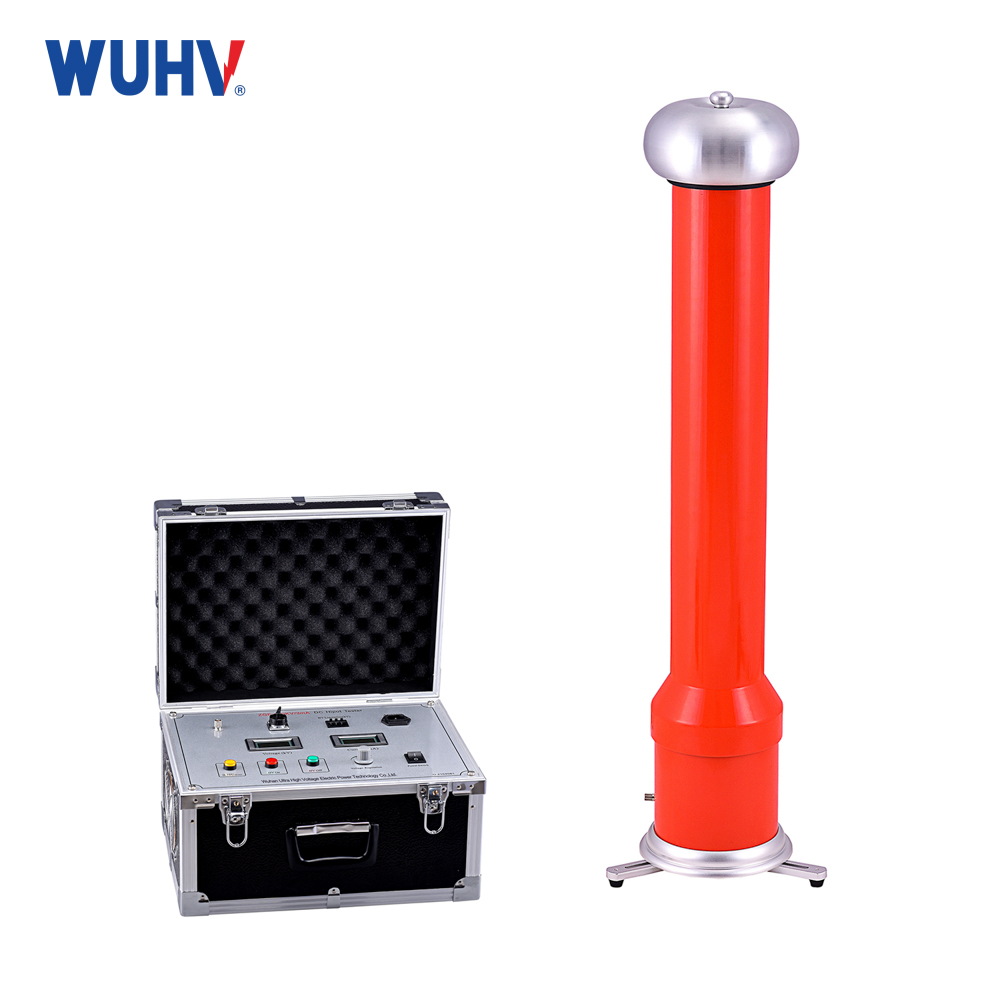First of all, let me briefly explain the function and role of series resonance devices. Series resonance is applied in power systems for insulation testing of high voltage and large capacity electrical equipment. In practical use, series resonance requires matching of capacitors and inductors. Only when the matching is good can resonance voltage be generated. So, what should be done if series resonance loses its resonance?
I believe that a small number of customers may encounter such problems, and we cannot do so now. To understand the series resonance detuning, we first need to know the composition and structure of the series resonance testing device. Under a certain capacitance, the circuit can produce a resonant state by adjusting the inductance and frequency. There must be a certain parameter generation method for series resonance detuning. The common detuning phenomenon is when the cable fails during the series resonance test, and the series resonance will inevitably detune and the voltage will disappear.
Solution to series resonance detuning
Firstly, we need to analyze the causes of series resonance detuning. For example, if the cable is damaged, it must be repaired first before testing. Secondly, check if the safety distance is too close. As the resonant voltage of the series resonant device increases, discharge will occur at a safe distance, and discharge to a certain extent will also cause series resonant detuning and shutdown. This situation only requires simple handling.
There are basically two types of common detuning in series resonance, and of course there are uncertain factors. We should stop checking and analyzing, and not blindly send power.


